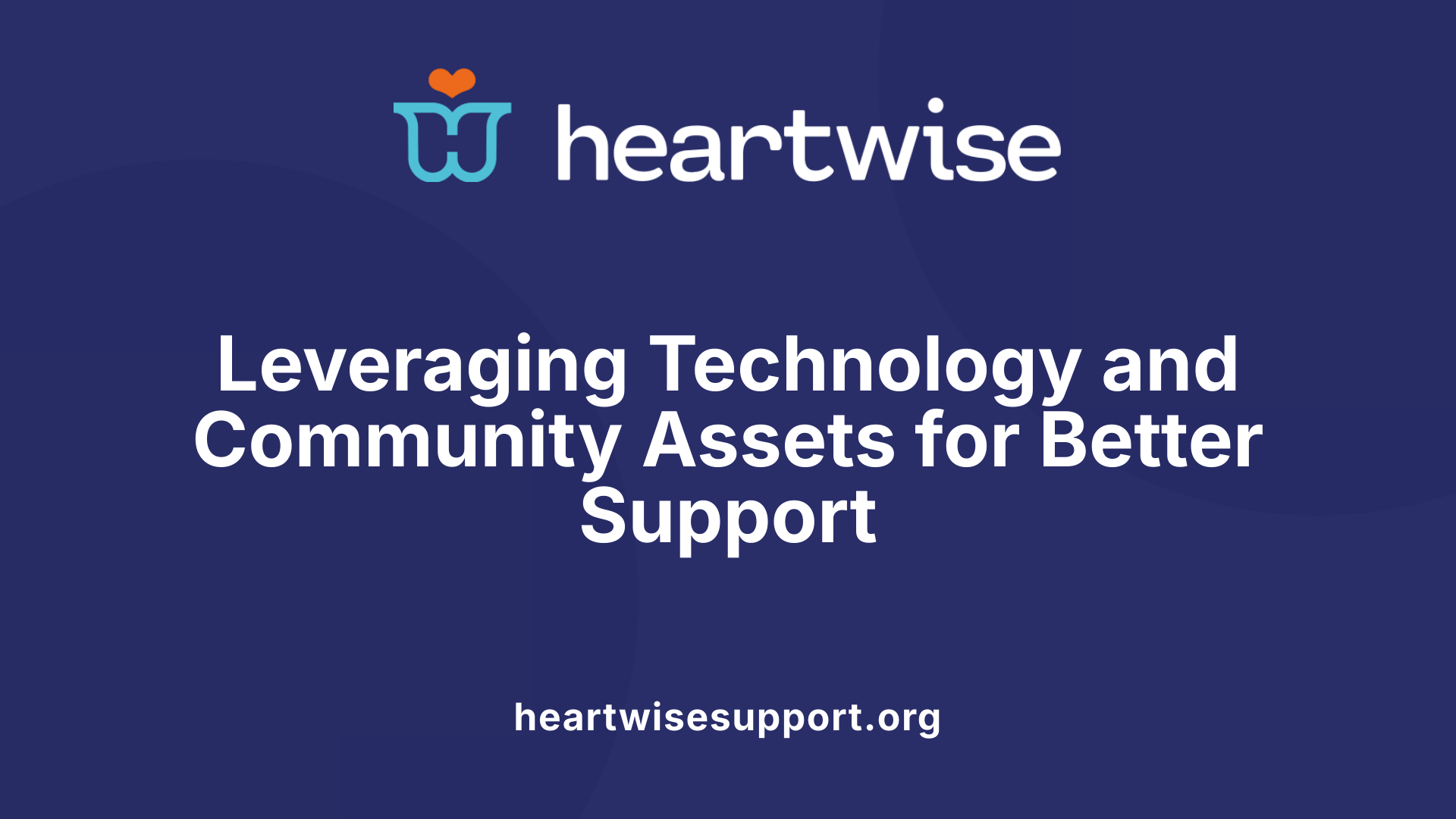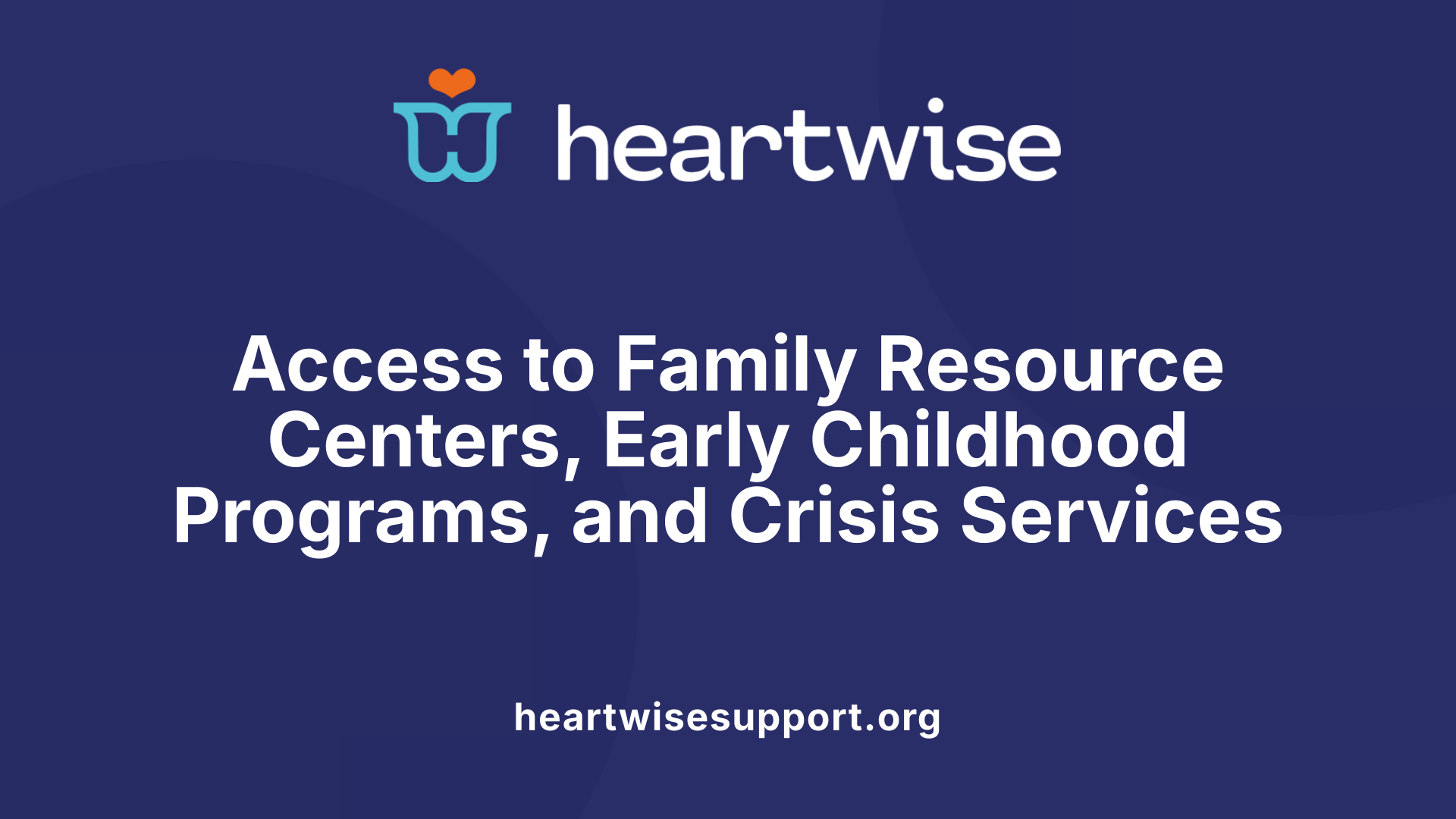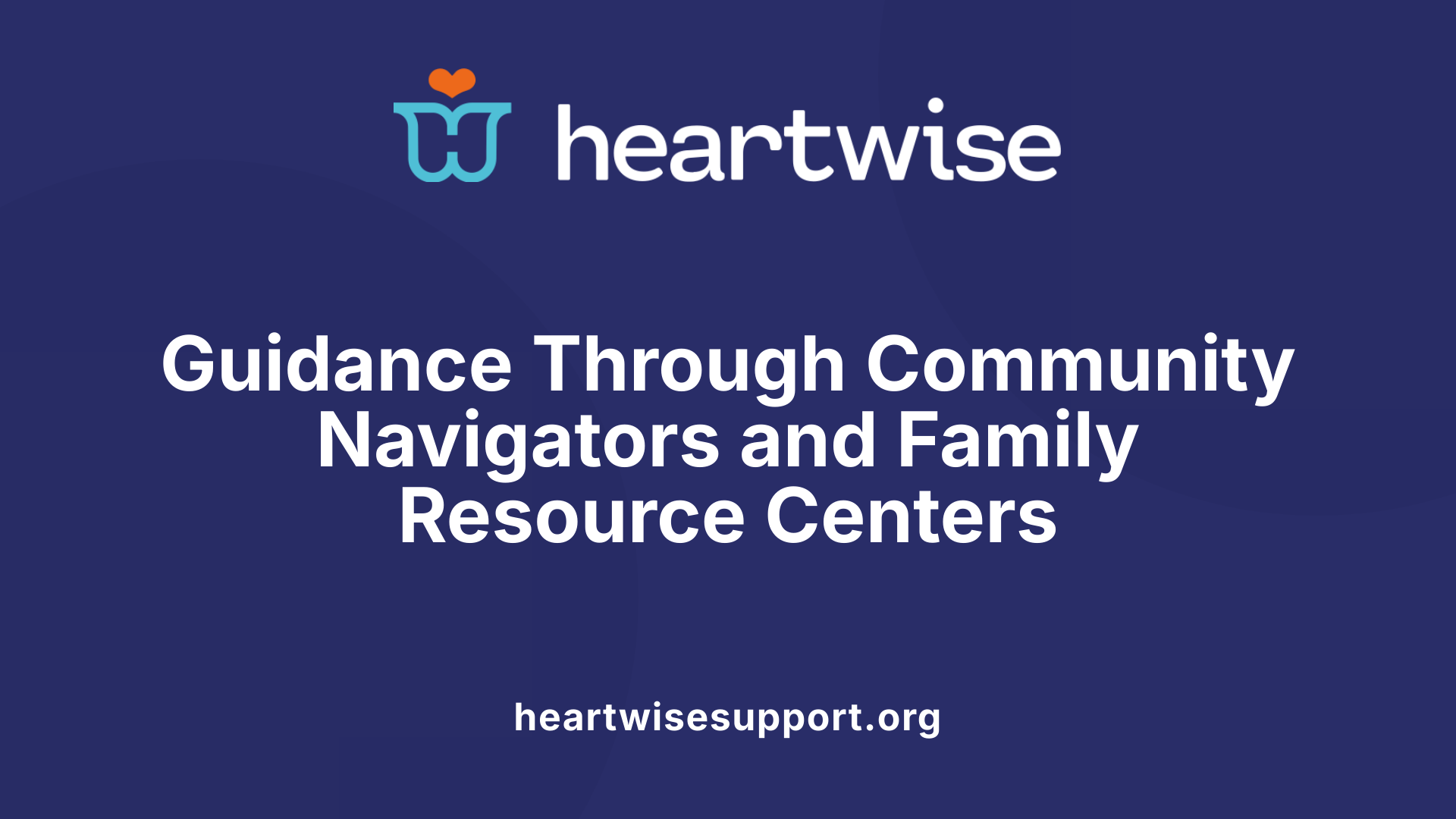Understanding the Power of Resource Navigation in Family Support
Supporting families in accessing essential services can be complex and overwhelming without proper guidance. Resource navigation emerges as a vital tool for empowering families, especially those facing unique challenges such as disability, language barriers, or systemic barriers. This article explores how resource navigation fosters family well-being, highlights effective strategies, and showcases models that make family-centered support accessible and culturally responsive.
Core Strategies and Best Practices in Family Resource Navigation

What are effective strategies and best practices for family resource navigation?
Successful family resource navigation relies on several practical strategies that make connecting families with necessary services smoother and more empowering. A fundamental element is building a comprehensive network of local services, including mental health support, food assistance programs, housing resources, and employment support. This network must be easily accessible and tailored to meet the specific needs of the families served.
Trauma-informed communication is vital. This approach ensures that interactions with families are respectful, sensitive, and acknowledge past experiences that might influence their engagement. When navigators communicate with empathy and patience, families are more likely to feel safe and supported, which encourages ongoing participation.
Cultural responsiveness is another essential practice. Service providers should understand cultural differences and speak to families in ways that respect their backgrounds and languages. For instance, some programs incorporate staff who speak multiple languages or utilize cultural liaisons to bridge gaps.
Building trust involves establishing consistent, transparent, and respectful relationships with families and community organizations. This foundation fosters confidence and encourages families to actively participate in the process of accessing resources.
Utilization of technology and community assets also enhances navigation. Mapping community resources and integrating these into familiar platforms—such as text message alerts or mobile apps—can facilitate prompt and convenient access. These tools allow families to find support quickly without the stress of navigating complex systems alone.
Finally, ongoing engagement, collaboration, and training ensure that staff remain knowledgeable and culturally competent. These practices, combined with strengthening protective family factors like resilience, social connections, and knowledge of child development, lead to more effective and meaningful support. Overall, these strategies work together to empower families, helping them overcome barriers and achieve stability and well-being.
Diverse Community Resources Supporting Family Well-being

What types of community resources and services are available to support families?
Across many communities, families can access a range of supportive services designed to meet diverse needs. Family Resource Centers (FRCs), for example, act as hubs that coordinate and connect families to local services tailored to their specific circumstances. These centers often provide on-site navigation, cultural support, and personalized assistance.
Early childhood programs are another vital resource. Initiatives like home visiting services—such as Healthy Families America and Nurse-Family Partnership—offer support directly in homes to promote healthy child development and strengthen parenting skills. These programs help families navigate educational and healthcare systems, ensuring children reach key milestones.
Financial assistance resources are essential for stability. Assistance programs like Colorado PEAK and LEAP help families meet basic needs such as food, housing, utilities, and energy costs. Employment-focused initiatives like Get Ahead Colorado provide job training and employment services, aiming to increase financial independence.
Mental health and crisis services are available around the clock. Colorado Crisis Services, for instance, provide immediate help during emergencies, offering counseling and support without delay. These services are critical for families facing mental health challenges, substance use issues, or urgent crises.
Specialized support for children with disabilities includes resource navigation and advocacy. Programs like the Community Navigator Program in California, and others across the country, assist families in understanding and accessing healthcare, therapies, and educational supports for children with developmental delays or disabilities.
Community organizations also foster parenting education and health insurance enrollment. Support groups, peer-led networks, and legal aid services contribute to family stability, providing psychosocial support, information, and advocacy.
In summary, families today have access to a comprehensive network of programs and services, all designed to promote health, stability, and growth for children and adults alike. These resources play a crucial role in reducing barriers, building capacity, and strengthening community wellness.
Pathways to Support: How Families Engage with Resource Navigation Services

How can families access support through resource navigation programs and services?
Families seeking assistance can connect with resource navigation programs through several accessible points such as Family Resource Centers and community navigators. These programs serve as valuable channels for families to learn about, apply for, and receive ongoing support from a variety of community resources. Family Resource Centers, often located within communities, offer in-person support where families can walk in or call for help. Community navigators, including culturally competent health workers and peer supporters, provide personalized guidance via phone, email, or in-person meetings.
Once contact is made, navigators assist families by explaining eligibility requirements for programs such as healthcare, housing, food assistance, mental health, and education services. They help with completing applications, gathering necessary documentation, and understanding complex systems. Beyond initial connections, navigation services often include follow-up support to monitor progress, address new needs, and ensure continuous access to required resources.
Programs like kinship navigator services and whole-family support initiatives adopt holistic, culturally responsive approaches. They aim to meet families where they are, respecting cultural backgrounds, language preferences, and specific family circumstances. Overall, resource navigation programs act as trusted partners, guiding families through intricate community systems to improve their well-being and stability.
Essential Skills for Effective Resource Navigators
What skills are important for a family resource navigator to possess?
A successful resource navigator should have a broad understanding of local community resources and how various social service systems operate. This knowledge enables them to effectively guide families and individuals through complex networks, whether it’s healthcare, housing, education, or financial assistance.
Strong communication skills are crucial, as navigators must listen carefully, convey information clearly, and advocate on behalf of their clients. Building trust with families requires empathy, patience, and cultural awareness to ensure that interactions respect diverse backgrounds and needs.
In addition to interpersonal skills, experience in case management enhances a navigator’s ability to assess individual needs, coordinate multiple services, and keep accurate records of interactions and progress.
Educational qualifications often include a bachelor’s degree in fields such as social work, human services, or public health, complemented by relevant hands-on experience.
Overall, key competencies include organizational skills, cultural competence, emotional intelligence, and a commitment to helping families access and sustain vital resources. These qualities empower navigators to serve as effective advocates and supportive guides in navigating complex systems.
Additional Resources:
- Skills for family resource navigators, advocacy, case management, cultural competence, system navigation
Models, Frameworks, and Innovations in Family Support and System Navigation
Several innovative programs and frameworks have been developed to support families through effective resource navigation. One prominent example is kinship navigator programs, which focus on assisting relatives or kin caregivers who are caring for children. These programs help kinship families access benefits, legal support, and community resources, and are backed by research showing their positive impact on family stability.
Family Resource Centers (FRCs) represent another key approach. They deliver community-based services like parenting support, case management, and healthcare referral systems. They often incorporate the Strengthening Families framework, which emphasizes family resilience, nurturing relationships, and community engagement. Additionally, evidence-based parenting programs such as Triple P (Positive Parenting Program) are integrated within these models to promote healthy child development and parenting skills.
Community-driven support frameworks are central to these efforts. They prioritize culturally responsive, accessible services tailored to local needs. Outreach strategies frequently involve community health workers and resource navigators who connect families with the appropriate services, fostering trust and engagement.
Shared services and county collaborations further enhance resource accessibility. Cross-jurisdictional models ensure that families who relocate or move between communities continue to receive seamless support. Formal agreements and data sharing between agencies facilitate comprehensive, ongoing assistance.
Peer-to-peer and mentor models also play a vital role. Programs like the Family Connections Grantee Model and autism navigation initiatives empower families through education, advocacy, and shared experiences. These models foster leadership and community building, providing families with relatable support networks.
By integrating these diverse frameworks—ranging from evidence-based practices to community-led initiatives—families can better navigate complex systems, improving their stability and well-being. The combination of culturally responsive programs, shared service models, and peer support continues to evolve, promoting resilient families and healthier communities.
Fostering Stronger Families Through Community Collaboration
Supporting families through effective resource navigation is a cornerstone of fostering resilient, healthy communities. By implementing best practices, embracing innovative models, and ensuring culturally responsive services, organizations can empower families to overcome barriers, access vital resources, and thrive. Cross-sector collaboration, ongoing training, and a commitment to family-centered care are essential to sustain these efforts, ultimately strengthening the foundation of families and the future generations they nurture.
References
- Resource Navigation
- Resource Navigation | Hope Communities
- Chapter 9: Supporting Families: Navigating Community Resources ...
- Resource Navigation - Family Reach
- Family Support Systems Navigation Model | The Arc's Autism Now ...
- The role of navigation services in supporting mental health and ...
- Community Navigator Program
- [PDF] Family Navigation Implementation Strategies: Improving Systems of ...











